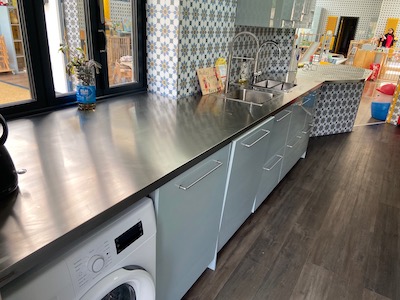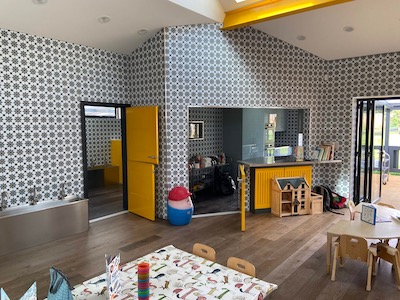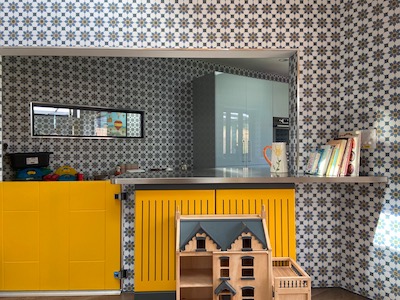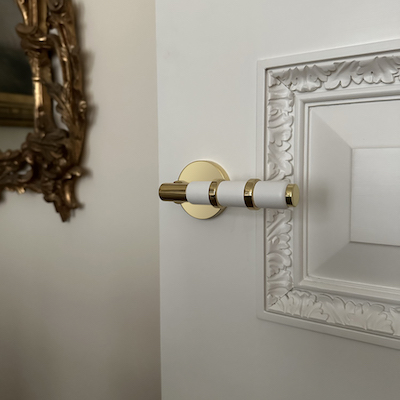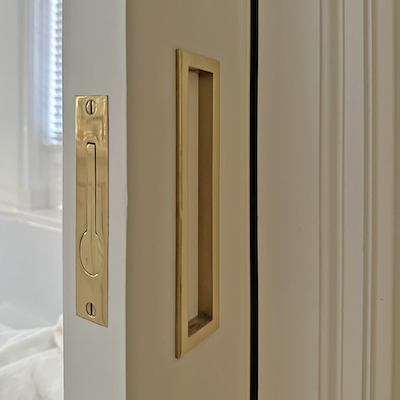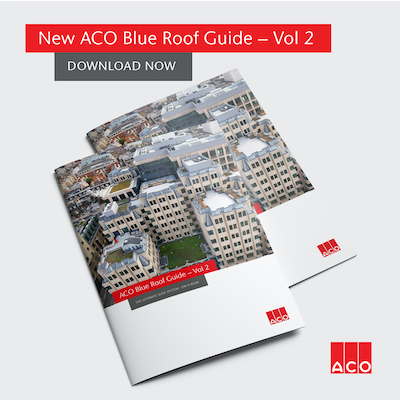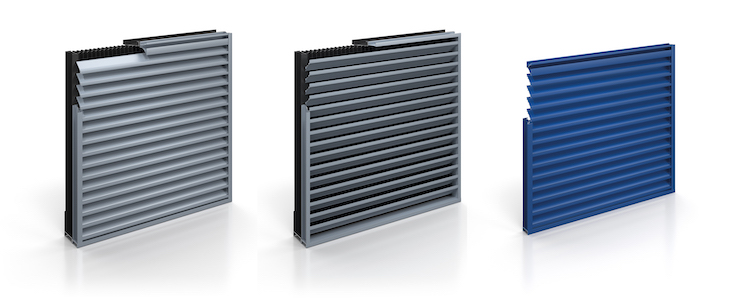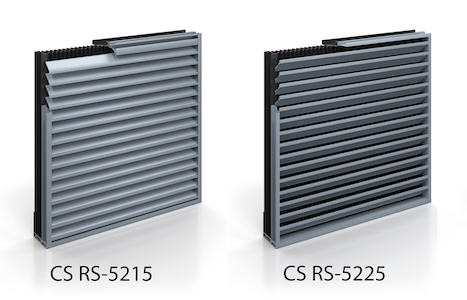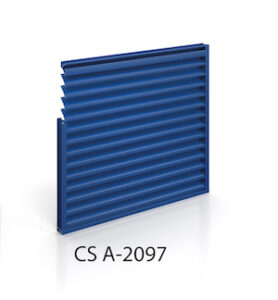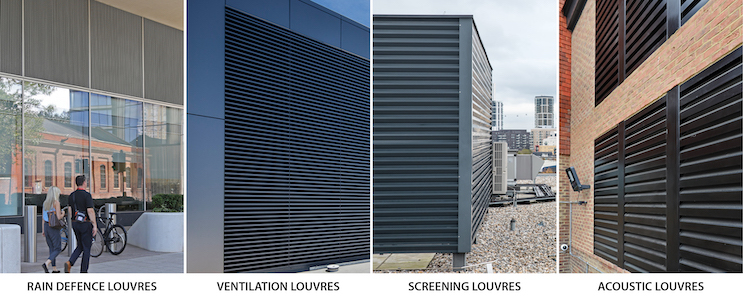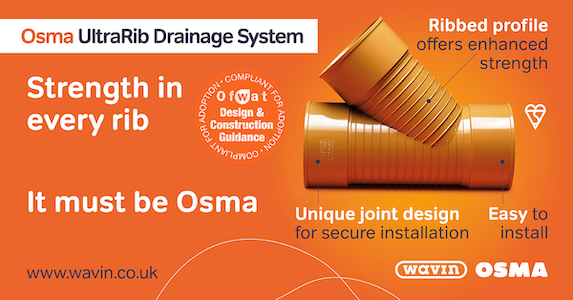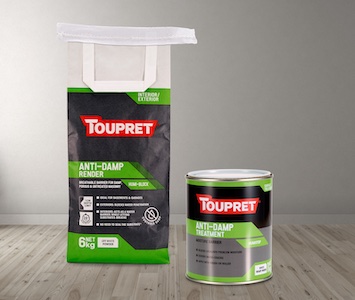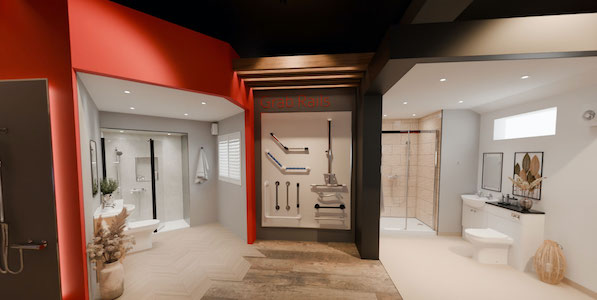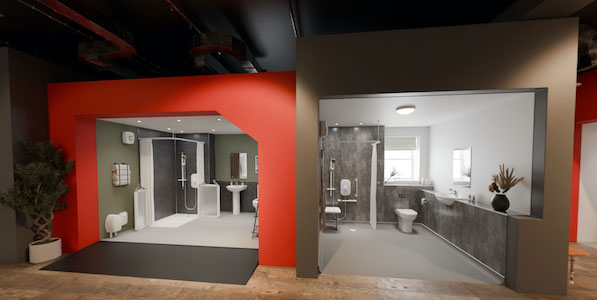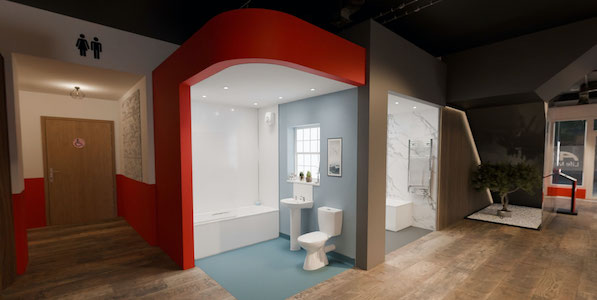H+H has always backed British manufacturing – and for housebuilders, the reasons are more practical than patriotic.
 With over 75 years of investment in UK manufacturing, H+H has long believed in the value of building locally. Now, as a proud member of Made in Britain, the company is celebrating that commitment – and highlighting why British-made materials make business sense for housebuilders.
With over 75 years of investment in UK manufacturing, H+H has long believed in the value of building locally. Now, as a proud member of Made in Britain, the company is celebrating that commitment – and highlighting why British-made materials make business sense for housebuilders.
In recent years, the vulnerability of international supply chains has been exposed. Global events – from the pandemic to political instability – have shown how quickly overseas logistics can falter, affecting availability, quality and cost certainty. For a sector that depends on reliable delivery and consistent standards, short supply chains are not just a preference but a necessity.
 Fewer surprises
Fewer surprises
When products are manufactured close to site, there’s less risk of disruption. Shorter supply chains mean fewer links in the chain – and fewer opportunities for delay. Local manufacturing brings peace of mind that materials will arrive when needed, supporting smoother build programmes.
Closer communication
Working with UK suppliers allows housebuilders to build stronger relationships with their partners. At H+H, direct communication with customers means any issues can be resolved quickly and transparently, ensuring every project runs more efficiently.
Greater agility
Construction schedules are rarely linear. Weather, demand and regulatory changes can all affect build rates. With factories based in the UK, H+H can respond faster to fluctuating site needs – something international suppliers simply can’t match.
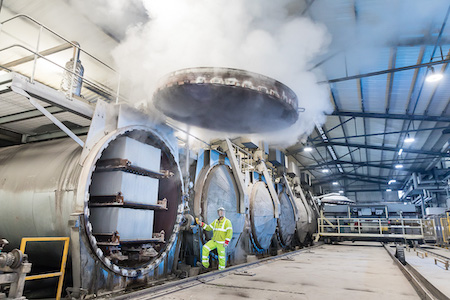 Supporting local skills
Supporting local skills
Choosing UK-made materials helps sustain employment and apprenticeships within the construction industry. Through initiatives like H+H’s apprenticeship training scheme, the company is investing in the next generation of skilled workers, ensuring the knowledge and experience that underpin quality British manufacturing continues to thrive.
Trading with confidence
The UK’s manufacturing standards are among the most rigorous in the world – from quality control to health, safety and financial regulation. Housebuilders working with local manufacturers can be confident that products meet stringent performance and compliance requirements.
For H+H, joining Made in Britain is more than a badge of honour. It’s a recognition of the resilience, transparency and trust that come from producing high-quality building materials right here at home.
When housebuilders choose products made in the UK – like Celcon Blocks, manufactured at H+H’s plants across the country – they’re not just reducing risk. They’re supporting a supply chain that’s built to last.
To find out more about H+H visit: Visit the H+H website

